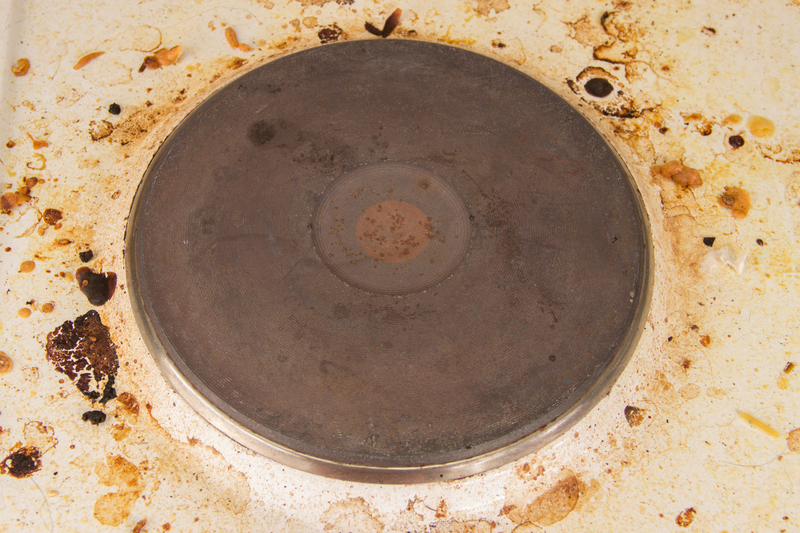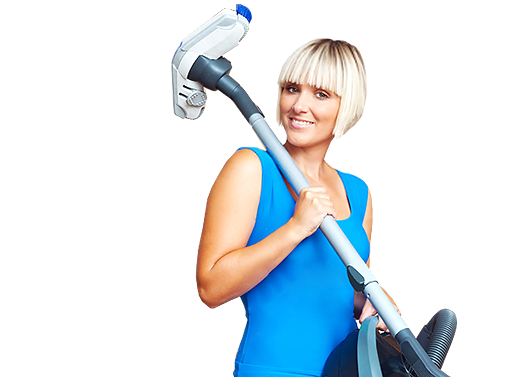Essential Guide to a Hygienically Mold-Free Bathroom
Posted on 17/08/2025
Essential Guide to a Hygienically Mold-Free Bathroom
Maintaining a hygienically mold-free bathroom is crucial for your health, home value, and overall well-being. The bathroom's warm, moist environment makes it a prime breeding ground for mold and mildew, which can not only damage your property but also pose significant health risks to you and your family. This essential guide will walk you through everything you need to know about preventing, identifying, and eradicating mold in your bathroom, ensuring a fresh, clean, and safe space for everyone.
Understanding Bathroom Mold and Its Impact
What Causes Mold Growth in Bathrooms?
The bathroom presents the ideal setting for mold spores to thrive. Common causes include:
- Poor ventilation causing trapped humidity
- Leaky pipes or plumbing fixtures
- Ineffective drying of surfaces after use
- Neglected cleaning routines allowing mold to flourish
Common Types of Bathroom Mold
Understanding the enemy is key to effective prevention. The most frequently encountered types of bathroom mold include:
- Aspergillus: Often seen as black spots on damp surfaces, can cause allergies.
- Cladosporium: Greenish-black colonies, common on bathrooms tiles and wood.
- Stachybotrys Chartarum (Black Mold): Extremely hazardous, characterized by dark, slimy patches often hidden in wall cavities or under flooring.
Why a Mold-Free Bathroom Is Essential
A mold-free environment ensures:
- Better indoor air quality
- Prevention of respiratory issues and allergic reactions
- Longer lifespan for bathroom fixtures and surfaces
- A fresh, clean, inviting appearance for your home

Prevention: How to Keep Your Bathroom Hygienically Mold-Free
Optimize Ventilation and Humidity Control
Proper ventilation is the single most effective way to prevent the buildup of moisture that leads to mold:
- Install an exhaust fan: Always run it during and after showers or baths for at least 20-30 minutes.
- Open windows: Allow fresh air in whenever possible, especially after using hot water.
- Dehumidifiers: Consider placing a small dehumidifier if your bathroom lacks good ventilation or you live in a humid climate.
Establish Effective Cleaning Routines
Consistent cleaning is vital for ensuring a mold-free bathroom:
- Clean tiles, grout, and corners weekly: Scrub away soap scum and potential mold with a non-abrasive cleanser.
- Wipe down surfaces: After each use, especially mirrors and glass doors, to remove moisture.
- Launder bathmats and towels: Weekly washing with hot water eliminates mold spores.
- Empty trash cans regularly: Organic waste can harbor spores and bacteria.
Repair Leaks and Seal Surfaces
Unseen leaks contribute to moisture buildup and eventual mold:
- Inspect plumbing annually: Check for leaking sinks, toilets, and showerheads.
- Seal grout and caulking: Reapply waterproof sealant to tiles, tubs, and sinks as needed to keep moisture out.
- Address water stains: Investigate and resolve the cause of any staining on ceilings or walls promptly.
Use Mold-Resistant Materials
During renovations or repairs, opt for materials designed to resist mold:
- Mold-resistant paint: Ideal for high-moisture walls and ceilings.
- Waterproof drywall (green board) and backer boards
- Non-porous tiles and solid surface countertops
Practice Smart Bathroom Habits
Simple daily behaviors can have a big impact on keeping your bathroom mold-free:
- Hang up wet towels: Avoid leaving them bundled on the floor; hang them to dry completely between uses.
- Keep the shower curtain open: This allows airflow for drying.
- Close lids before flushing: Reduces spray and bacteria distribution.
Identifying and Removing Bathroom Mold
How to Spot Mold in Your Bathroom
Common warning signs include:
- Musty odors, especially after the room is closed up
- Dark or colored spots appearing on ceilings, tiles, grout, and caulking
- Bubbling paint or wallpaper, a sign of underlying moisture
- Persistent allergies or respiratory discomfort when using the bathroom
DIY Mold Removal Methods
For smaller, non-toxic mold infestations, you can often tackle the issue yourself:
- White vinegar: Apply undiluted vinegar to the affected area, wait one hour, then scrub and rinse.
- Hydrogen peroxide: Spray a 3% solution, let it sit for 10-15 minutes, scrub, and wipe dry.
- Sodium bicarbonate (baking soda): Mix with water to form a paste, apply, and scrub off.
- Commercial mold cleaners: Select products formulated for bathrooms and always follow the manufacturer's safety instructions.
When to Call a Professional Mold Remediation Service
If you encounter any of the following, professional help is strongly advised:
- Mold infestation larger than 10 square feet
- Recurring mold despite cleaning
- Visible black mold or extensive water damage
- Mold in inaccessible areas (behind drywall, within ventilation systems, etc.)
Advanced Strategies for Mold Prevention
Regular Maintenance Schedules
Preventive maintenance can include:
- Monthly inspections for leaks and signs of moisture
- Resealing grout and caulk every 1-2 years
- Deep-cleaning and de-scaling fixtures quarterly
Utilize Smart Technology
Today's market offers smart home devices that help in achieving a mold-free, hygienic bathroom:
- Humidity monitors: Alert you when moisture rises above safe levels.
- Automatic exhaust fans: Timed or humidity-sensing fans turn on as needed and conserve energy.
- Leak detection sensors: Warn of hidden drips before significant damage or mold forms.

Frequently Asked Questions About Bathroom Mold
Is black mold in bathrooms dangerous?
Black mold (Stachybotrys chartarum) is particularly hazardous. Exposure can cause severe respiratory issues, headaches, and allergic reactions, especially in children, elderly, or those with preexisting lung conditions.
Can I prevent mold without an exhaust fan?
It's more challenging, but you can open windows, use a squeegee on shower walls, dry surfaces frequently, and keep the door ajar after use. A portable dehumidifier is also an effective alternative.
What is the best way to remove stubborn mold in grout?
Apply a paste of baking soda and water or use a specialized grout-cleaning solution. Scrub with a stiff-bristled brush, rinse thoroughly, and re-seal the grout when dry to prevent future growth.
How often should I clean my bathroom to keep it mold-free?
A thorough cleaning at least once a week is recommended, but high-use bathrooms may need more frequent attention to maintain optimal hygiene and a mold-free environment.
Conclusion: Achieving a Hygienically Mold-Free Bathroom
A hygienically mold-free bathroom is attainable through a combination of knowledge, prevention, regular cleaning, and awareness. Monitor humidity, address small issues promptly, and adopt smart solutions for lasting cleanliness and health. With the essential steps in this guide, you can confidently maintain a beautiful, safe, and inviting bathroom for years to come.
Remember: Diligence today prevents costly repairs and health concerns tomorrow. Start your journey toward a mold-free, hygienic bathroom now!
- Check humidity levels weekly.
- Maintain effective cleaning routines.
- Repair leaks immediately.
- Upgrade to mold-resistant materials when possible.
By staying proactive and following the strategies outlined in this essential guide, your bathroom will be fresh, mold-free, and hygienic--making it a true sanctuary in your home!




